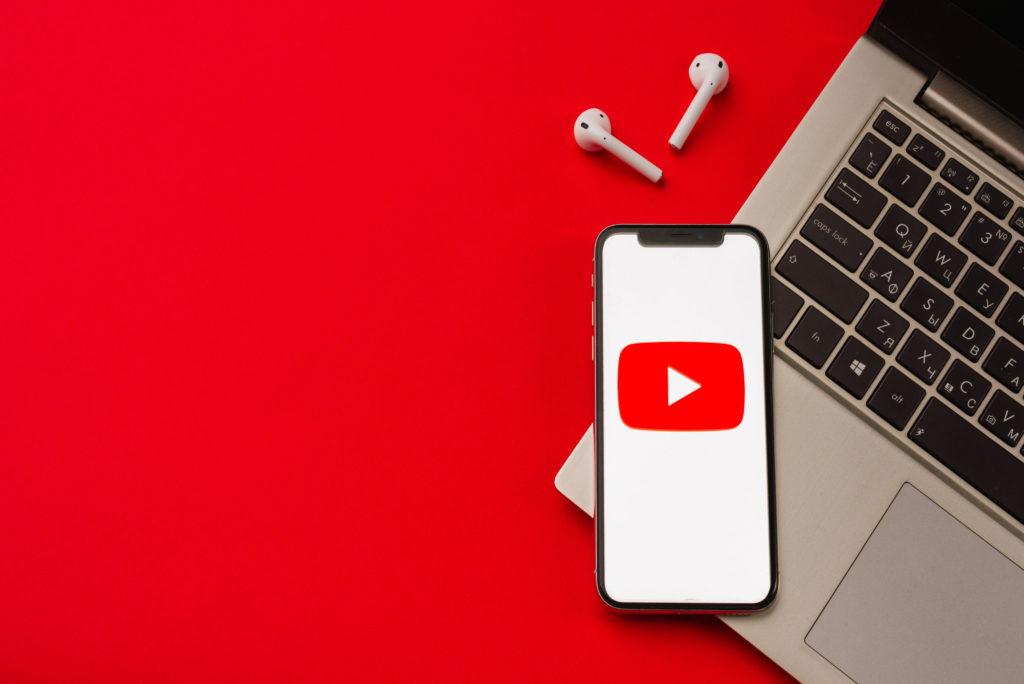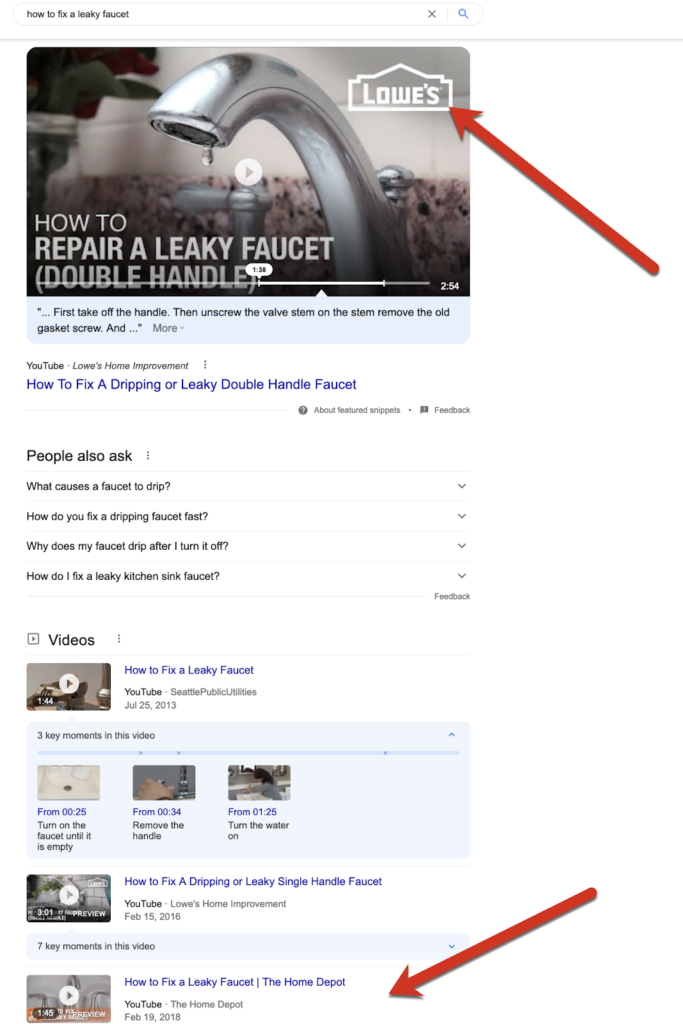Using videos to optimize engagement in search-driven buyer journeys
Gain better control over almost every buying journey that starts, continues, and ends within organic search
Gain better control over almost every buying journey that starts, continues, and ends within organic search

The process of acquiring a customer begins with your first contact. There are several stages a consumer goes through before becoming a customer and then a loyal customer. A buyer’s journey starts with identifying or expressing a need. This need then has to be fulfilled in some way or the other.
With over eight billion searches per year, real buyer journeys are complicated and may take weeks or months. However, to simplify things, here is a snapshot of the key stages a person goes through to become your customer. Since nearly 68 percent of online experiences begin with a search engine all these stages can very well happen in Google itself:
Businesses need to help consumers make the right decision by providing information, assistance and instilling trust in your brand through the process.
With video content showing up all over search results, it makes sense to use videos for all these three stages in the consumer’s journey. The best thing about videos is that they rank incredibly well, especially if you host them on YouTube and practice video optimization.
The two distinct sections where video can assist your potential customers at each stage of a buying journey are:
Here’s an example of both of these sections ranking on the very top of the search result page, pushing organic results way below the above-the-fold part of the screen. Notice a very-well branded video by Lowes being featured for a very relevant – albeit longtail – query. I bet this generates quite a few leads for them. There’s also another brand – The Home Depot – ranking its video in the carousel below. Looks like, both of these brands are doing their homework well:

There are many different kinds of video content that can be used at each specific stage. These videos help to encourage the consumer to continue their journey with you rather than with your competitor.
As the name suggests, this video optimization strategy ensures that your target customers become aware of your brand.
The types of video marketing content that work best at this stage of the funnel include:
Make sure your videos are well-branded to build recognizability: Use your logo and color palette on your video thumbnail, as it is going to show up in search results.
Once the awareness has been created, it is time to consolidate all that effort and transition your consumer to the next stage of consideration.
You can enhance your customer experience at this stage through videos that position your product in a way you want it to be positioned. A good reason to use videos at this stage is that they put your product in a real-life context, that is, they show exactly how other people are using your product.
The most effective videos for this stage are:
As all of these videos are supposed to be ranking in Google, make sure to match them to the actual search queries that have higher commercial intent.
The third stage of the consumer’s journey is convincing the interested consumer that your product or service offers the best solution to their problem.
This is the stage where the consumer is already committed to buy and needs a gentle nudge in the right direction. This is the time when you need to emphasize on trust-building so the consumer trusts your brand and buys your product. The most effective videos at this stage are peer testimonials and reviews.
Your target search queries for these types of videos include:
These videos should also be reused in two important ways:
Using videos in your organic search strategy to engage customers at each major stage of their buying journey is one of the best examples of how SEO and sales can help each other. Include videos in both SEO and CRO strategies and you will likely see much better results on both fronts.
Ann Smarty is the Founder of Viral Content Bee, Brand and Community manager at Internet Marketing Ninjas. She can be found on Twitter @seosmarty.
Subscribe to the Search Engine Watch newsletter for insights on SEO, the search landscape, search marketing, digital marketing, leadership, podcasts, and more.
Join the conversation with us on LinkedIn and Twitter.